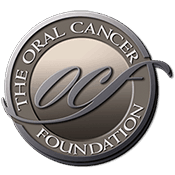Study: Healthy diet may avert nutritional problems in head, neck cancer patients
Source: news.illinois.edu Author: Sharita Forrest At least 90% of head and neck cancer patients develop symptoms that affect their ability or desire to eat, because of either the tumor itself or the surgery or radiation used to treat it. These problems, called nutrition impact symptoms, have wide-ranging negative effects on patients’ physical and mental health and quality of life. However, patients who eat foods high in antioxidants and other micronutrients prior to diagnosis may reduce their risks of developing chronic nutrition impact symptoms up to one year after being diagnosed with head or neck cancer, according to a recent study led by researchers at the University of Illinois. The scientists analyzed the dietary patterns of 336 adults with newly diagnosed head and neck cancers and these patients’ problems with eating, swallowing and inflammation of the digestive tract. This painful inflammatory condition, called mucositis, is a common side effect of radiation treatment and chemotherapy. The mitigating effects of a healthy diet were particularly significant in people who had never smoked and in patients who were underweight or normal weight at diagnosis, who often experience the greatest eating and digestive problems during treatment, said Sylvia L. Crowder, the paper’s first author. Crowder is a research fellow in the Cancer Scholars for Translational and Applied Research program, a collaborative initiative of the U. of I. and Carle Foundation Hospital in Urbana, Illinois. “While previous work has established that the presence of nutrition impact symptoms is associated with decreased food intake and weight loss, [...]
